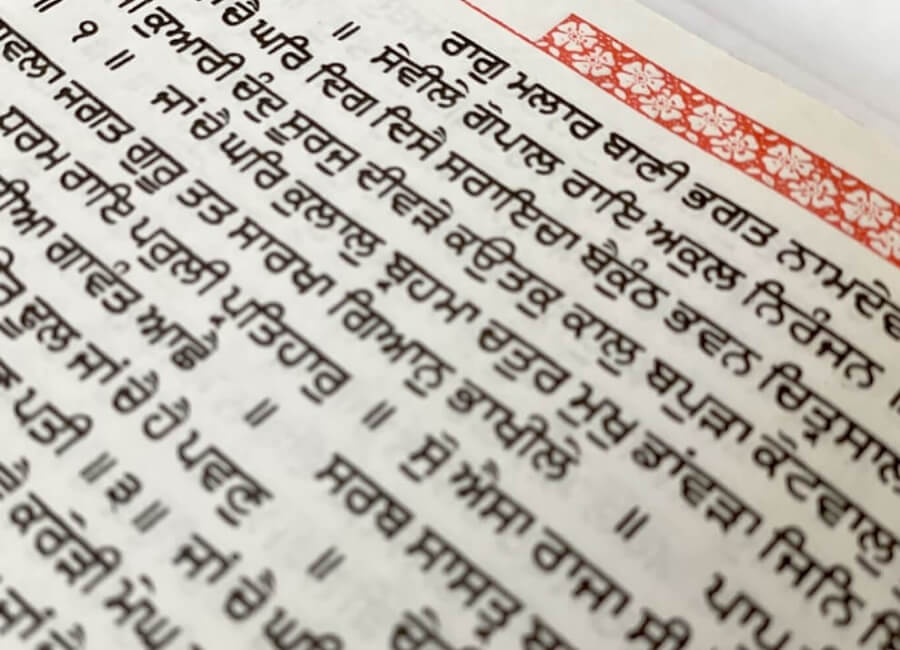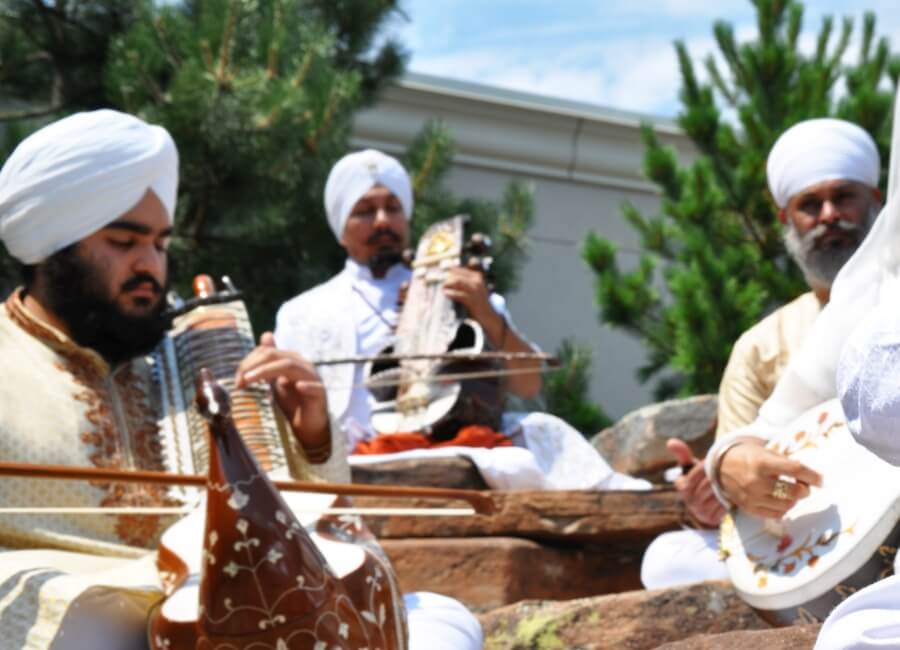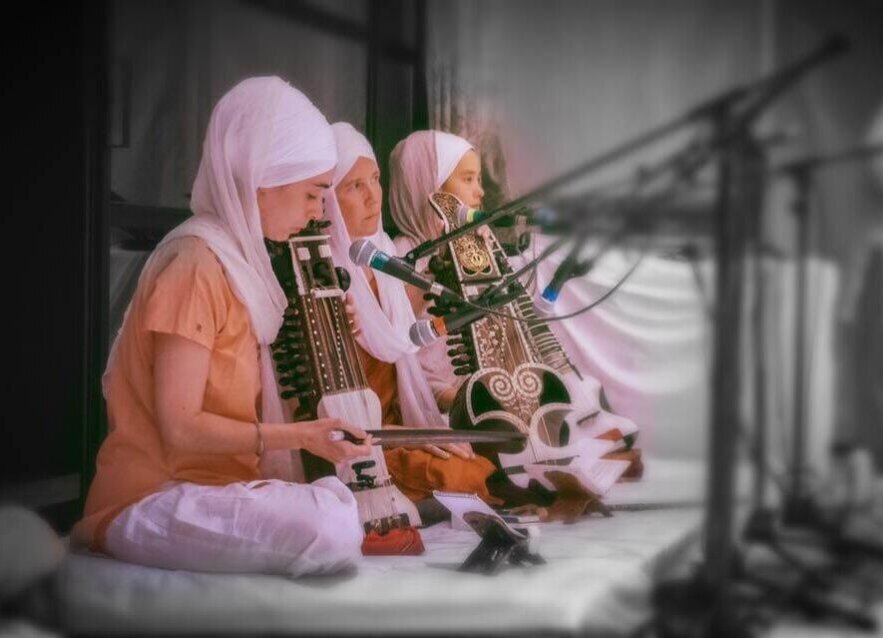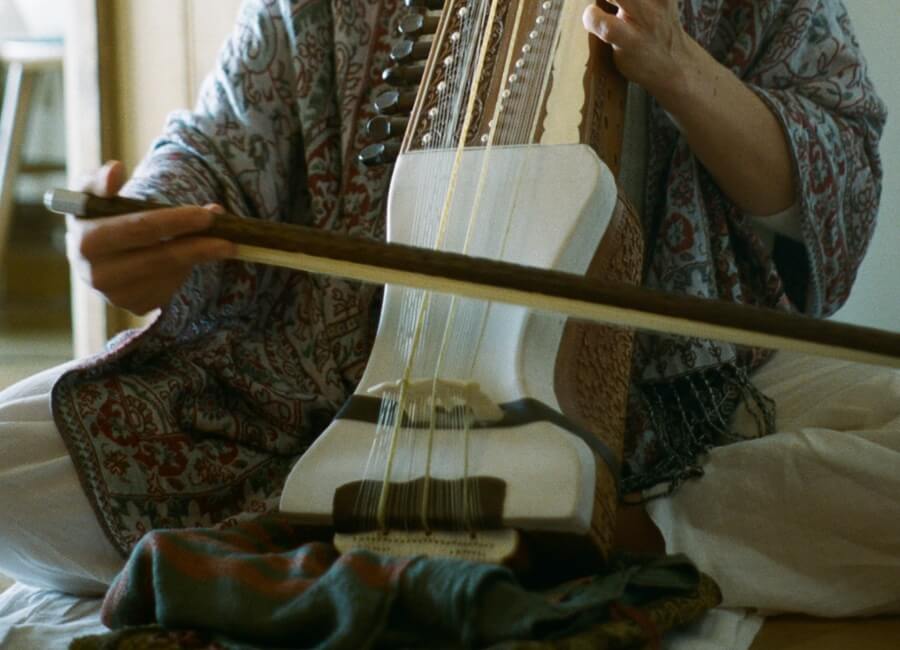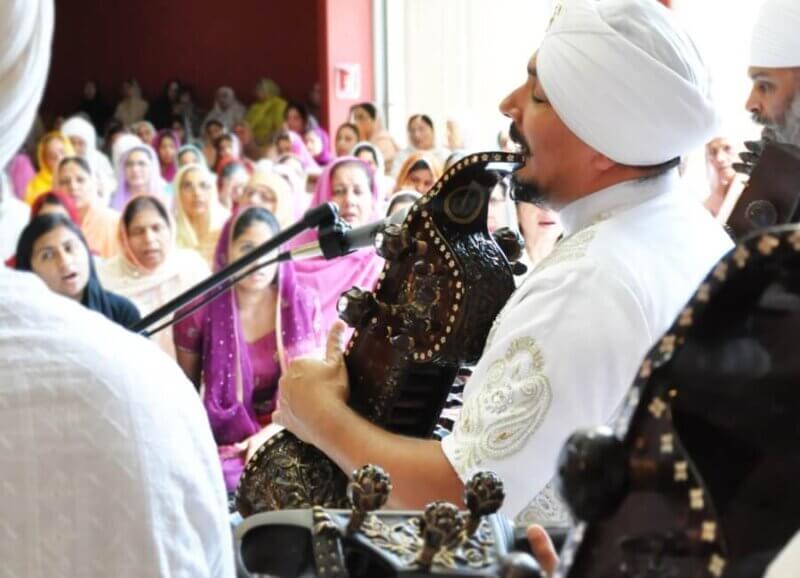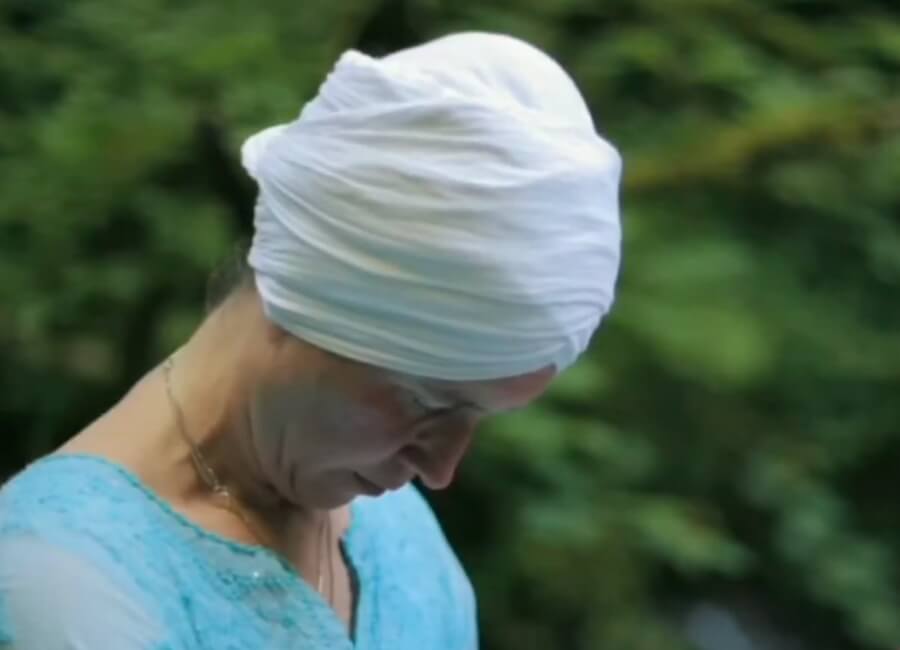The 60 raags (musical moods) of Siri Guru Granth Sahib in order of appearance:
- Asa
- Goojri
- Gauri Deepakee
- Dhanasri
- Gauri Purbi
- Siri
- Majh
- Gauri Guarairee
- Gauri
- Gauri Dakhani
- Gauri Chaitee
- Gauri Bairagan
- Gauri Purbi Deepakee
- Gauri Majh
- Gauri Malva
- Gauri Mala
- Gauri Sorath
- Asa Kafi
- Asavari
- Asa Asavari
- Devgandhari
- Bihagra
- Vadhans
- Vadhans Dakhani
- Sorath
- Jaitsri
- Todi
- Bairarri
- Tilang
- Tilang Kafi
- Suhee
- Suhee Kafi
- Suhee Lalit
- Bilaval
- Bilaval Dakhani
- Gound
- Bilaval Gound
- Ramkali
- Ramkali Dakhani
- Nut Narayan
- Nut
- Mali Gaura
- Maroo
- Maroo Kafi
- Maroo Dakhani
- Tukhari
- Kedara
- Bhairow
- Basant
- Basant Hindol
- Sarang
- Malhar
- Kanra
- Kaliyaan
- Kaliyaan Bhopali
- Parbhati Bibhas
- Parbhati
- Parbhati Dakhani
- Bibhas Parbhati
- Jaijavanti
Mishrat Raag
This is when two separate raags are combined to create a new raag. For example, Raag Gauri has 12 variations: one is the original form of Raag Gauri, and the further 11 all contain the main identity and characteristics of Gauri as their foundation and are then influenced by a secondary raag.
Raag & Raagini
Within the Siri Guru Granth Sahib Ji, no Shabad has the definition 'Raagini' in the title. All shabads clearly state 'Raag' (raga), and consequently, there are not 31 raags and 28 raaginis in the Siri Guru Granth Sahib Ji as is sometimes claimed, but 60 raags of equal and independent status.
